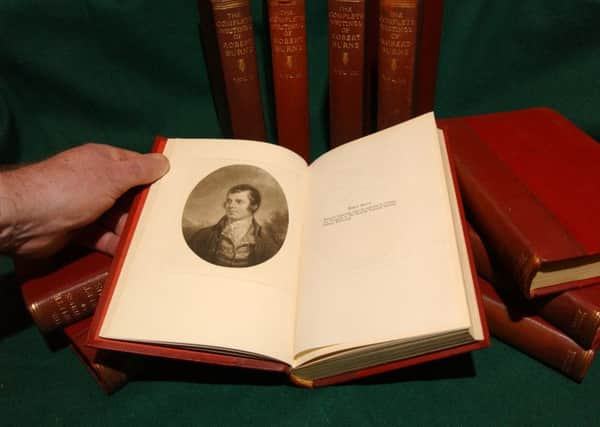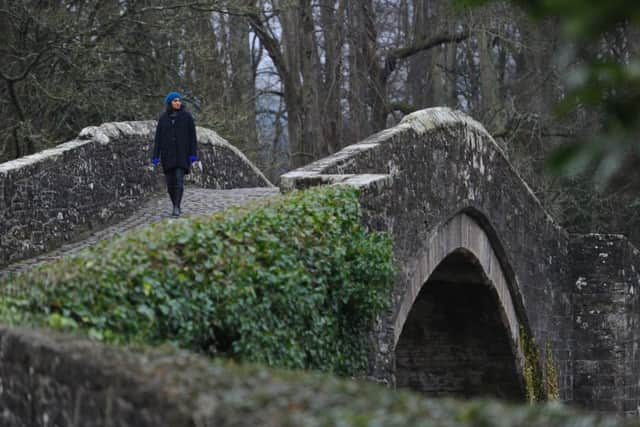Five of Robert Burns' most famous poems


“He’s a man who worked hard on all fronts throughout his life,” said Professor Gerry Carruthers of the University of Glasgow. “In addition to his poems, he worked on something like 400 songs. He always found the time to write.”
TAM O’SHANTER
Arguably Burns’ most famous poem of all, Tam o’Shanter was first published in 1791 and tells the story of a drunken Scot who has a supernatural encounter while riding home from a late-night drinking session. The epic story is among the longest works composed by the Bard - learning to recite the poem from memory is a daunting task for those unfamiliar with Burns’ distinct use of the Ayrshire vernacular. Its enduring popularity is thanks in part to its memorable cast of characters; Tam, the hero of the tale; his long-suffering wife Kate; his drinking buddies in Ayr; and of course the witches and warlocks he encounters at Alloway kirkyard. Then there’s the poem’s dramatic ending when Tam escapes the wtiches by riding over the Brig o’Doon - knowing they would be unable to cross flowing water.


TAE A MOOSE
Advertisement
Hide AdAdvertisement
Hide AdTradition dictates this enduring tale of morality and mankind’s imposition on nature was based on a real life incident in which Burns accidently destroyed a mouse’s nest while ploughing a field. Such is the poem’s reputation that individual lines have since entered the common lexicon, particularly “The best-laid schemes o’ mice an’ men / Gang aft agley”, which author John Steinbeck borrowed for the title of his 1937 bestseller Of Mice and Men.
ADDRESS TO THE DEIL
This humorous poem was written in 1785 as a mocking portrayal of satan and as a satire of the pulpit oratory common among Presbyterian ministers. Calvinist teachings centred on Hell and damnation were a fixture of the 18th century Church of Scotland, and belief in the devil and his temptations was widespread among ordinary people. While this comic tale seems less than offensive today, many religious Scots would have found it shocking when it was first published as part of Burns’ celebrated Kilmarnock edition.


ADDRESS TO A HAGGIS
This celebrated address to Scotland’s national dish is probably recited in full more than any other of the Bard’s works, thanks to its starring role at Burns Suppers across the world. Its enduring fame means Burns and this humble dish will be forever linked. Haggis was a popular meal among Scotland’s poor rural folk for centuries, being made up of cheap cuts of nourishing meat that would otherwise be thrown away. Tradition dictates that when chieftains or laird may have had an animal killed for a feast, the offal was passed to the slaughterman as payment. The idea of wasting valuable meat would have been unheard of in Burns’ lifetime.
TO A LOUSE, ON SEEING ONE ON A LADY’S BONNET AT CHURCH
Another example of the standard Habbie, or ‘Burns stanza’ - the verse form that Burns used in more than 50 of his works. This type of stanza was used frequently by 18th-century Scots poets such as Robert Fergusson, who was a major influence on the Bard. To A Louse, the poet Carol Rumens wrote, “is wonderfully tetchy and jumpy. But as the argument develops, we see that Jeanie’s airs and graces are mocked by her unsavoury guest.”